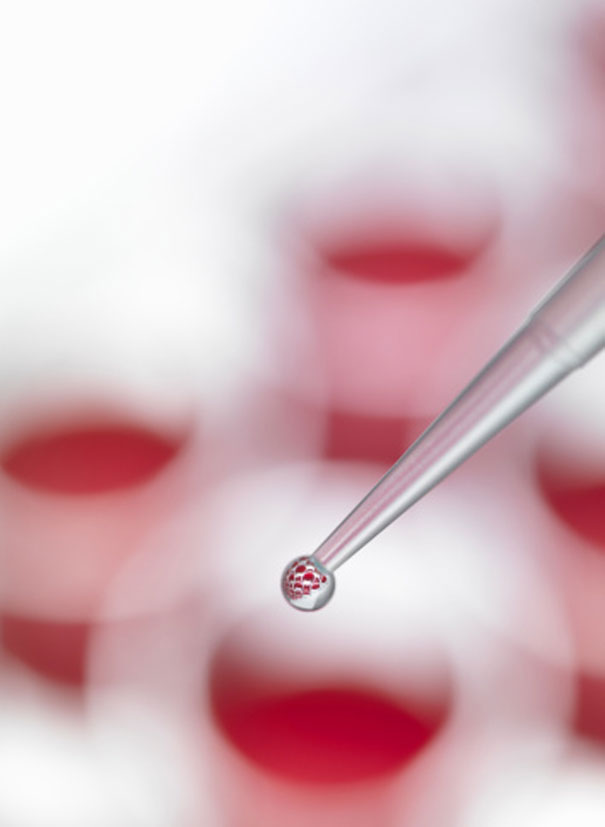Making Old Body Parts Young Again

Could it be one small step for a mouse, one giant step for mankind?
Scientists have succeeded in regenerating a living organ for the first time.
Researchers rebuilt the the thymus in elderly mice. The thymus is located next to the heart and produces important immune cells.
The organ deteriorates with age, which is why older people are often more susceptible to infections such as flu.
Researchers at the University of Edinburgh reactivated a natural mechanism that shuts down with age to rejuvenate the thymus in very old mice.
After treatment, the regenerated organ had a similar structure to that found in a young mouse.
“Our results suggest that targeting the same pathway in humans may improve thymus function and therefore boost immunity in elderly patients, or those with a suppressed immune system. However, before we test this in humans we need to carry out more work to make sure the process can be tightly controlled,” said Clare Blackburn, professor of tissue stem cell biology.
“One of the key goals in regenerative medicine is harnessing the body’s own repair mechanisms and manipulating these in a controlled way to treat disease. This interesting study suggests that organ regeneration in a mammal can be directed by manipulation of a single protein, which is likely to have broad implications for other areas of regenerative biology,” said Dr Rob Buckle, regenerative medicine specialist.